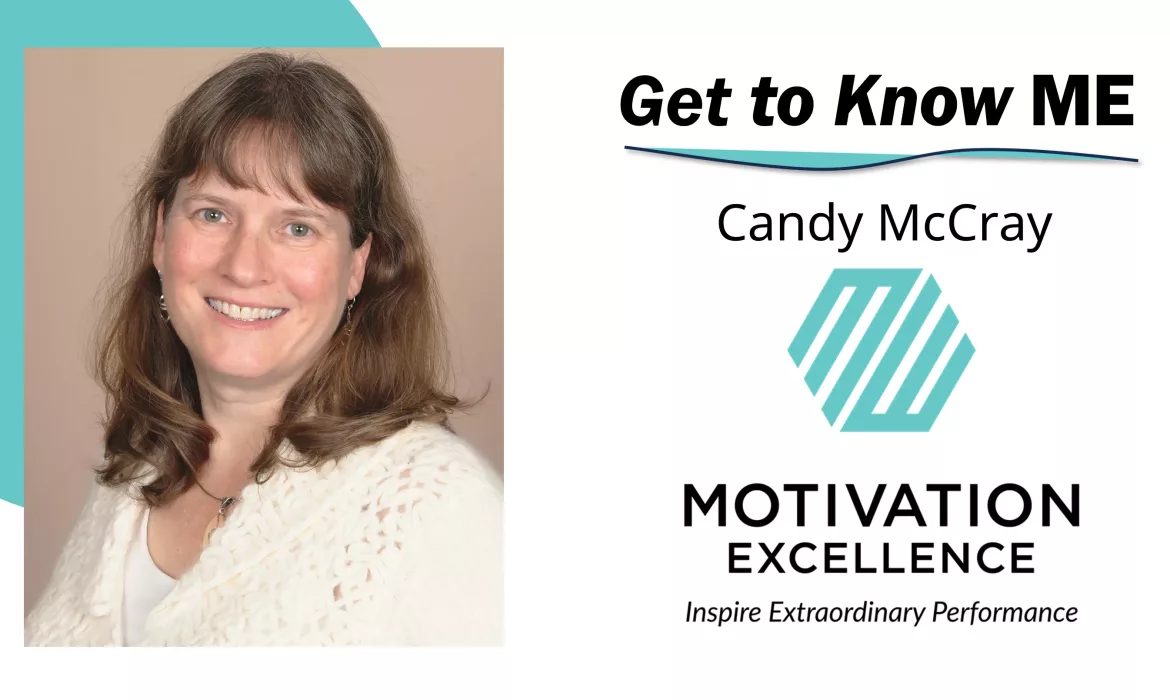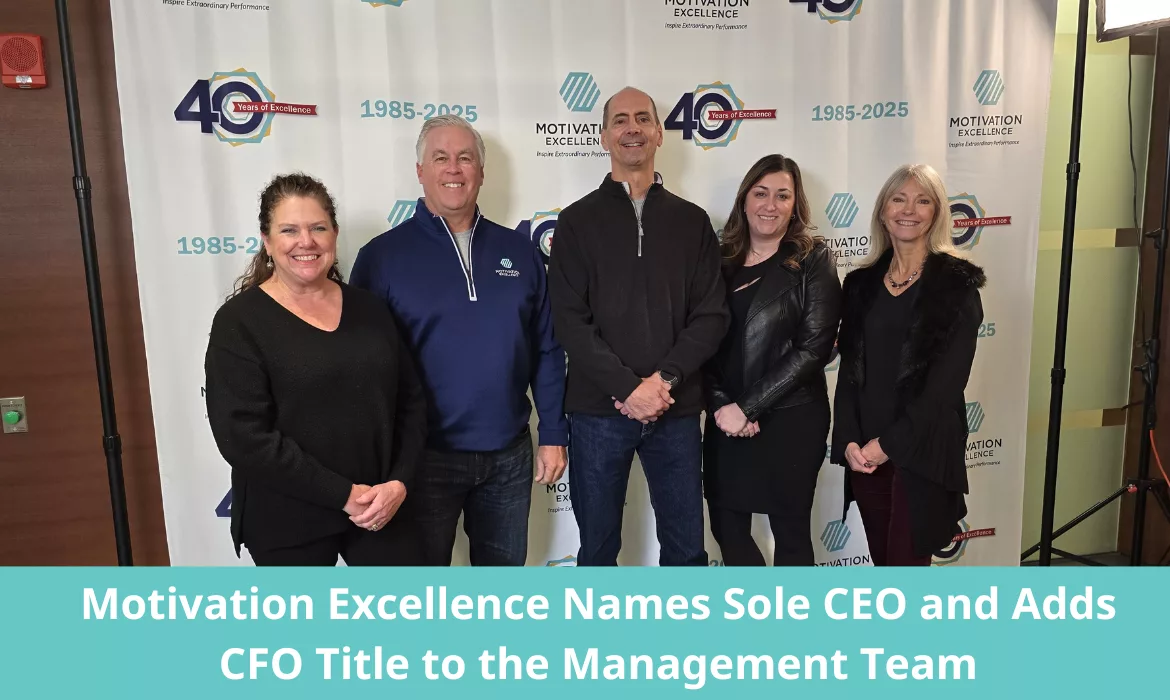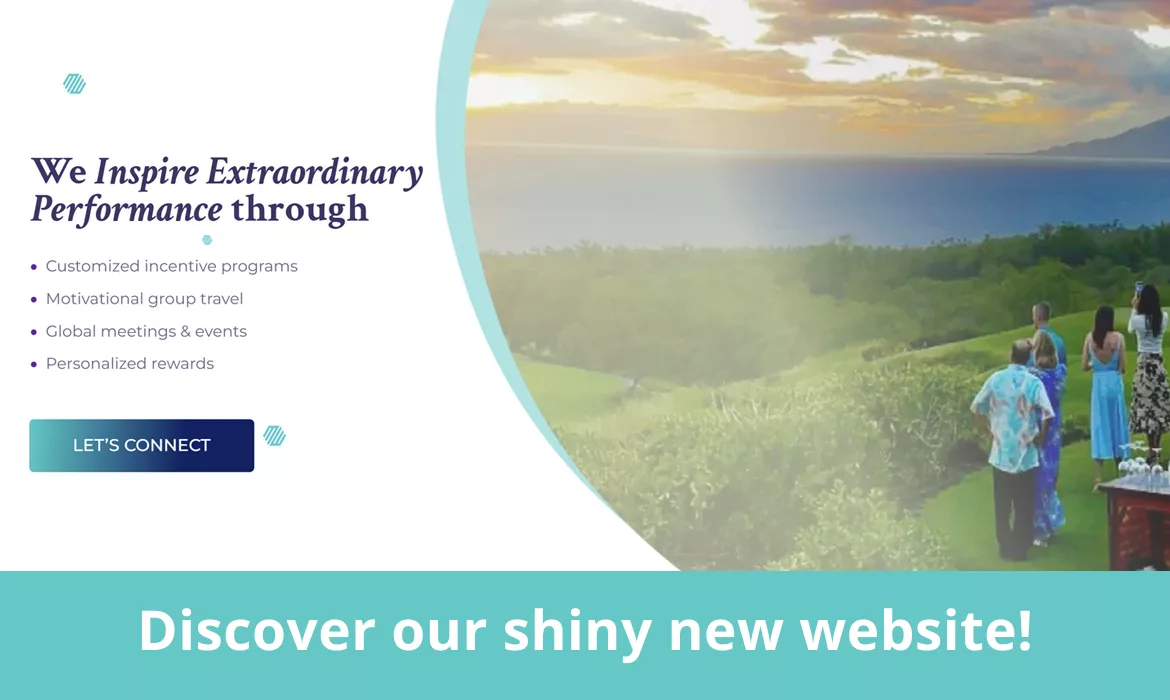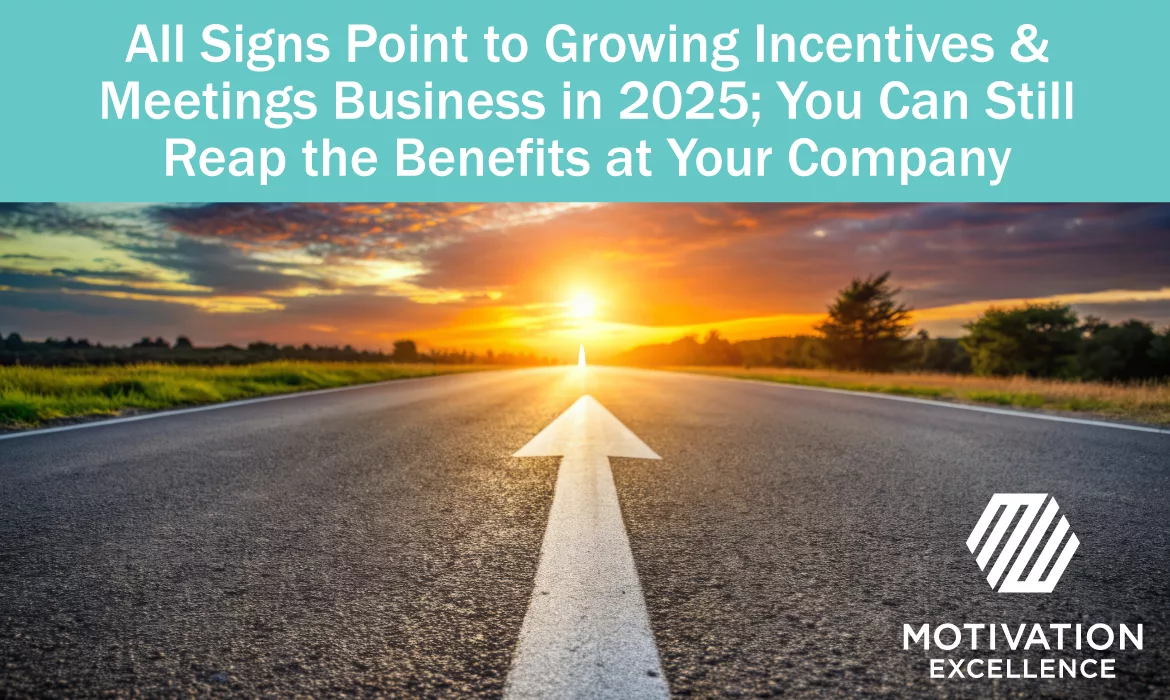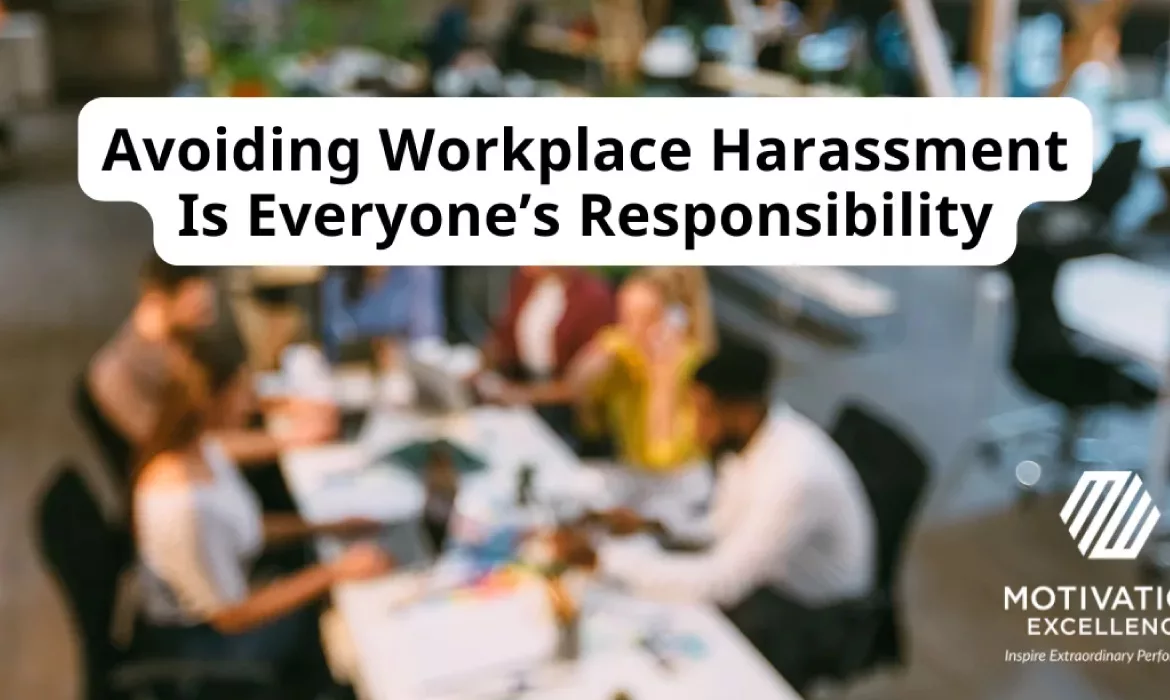We DRIVE the Results Our Clients Want
A lot goes into a successful B2B incentive or loyalty program. There are many moving pieces to planning and executing an engaging company meeting or event. When the aforementioned go well, it’s not by accident.
At Motivation Excellence, we know the elements that make up the best incentives, travel programs and events and we’ve giving them a name: DRIVE. Each letter stands for something critical to the overall success.
“We’ve been providing these elements to our clients for a long time. We see what works and use that knowledge to guide them to the best possible path to success. Not everyone uses every component, but the more they can incorporate, the better the results,” says Bob Graham, President & CEO of Motivation Excellence.
D is for Data
Industry trends, sales numbers, company history and forecasts all play into program design. The more data our clients have to share, the better we can mitigate risk while developing a performance-based rule structure that brings successful, measurable results.
For participants, being able to easily see where they’re tracking toward goal is the primary objective of our custom performance websites. Creative activity tracking gauges animate in real time, while in-depth dashboards drill down to a variety of levels for managers overseeing a program.
Using data before, during and after a program creates a robust narrative our clients can use for future success.
R is for Rewards
If the reward isn’t motivational for participants, an incentive or loyalty program fails before it launches. And what’s worth working toward for one person, may not be the same for someone else. That’s why we offer a wide variety of reward options from group travel to lifestyle upgrade packages to special event tickets.
We work with our clients’ participants to make sure they’re being rewarded in the best way possible. That could mean new solar panels on a house, paying tuition fees or securing a vacation home for a family getaway!
I is for Intelligence
Data-driven analytics creates better understanding of business potential. We use defined metrics to track, measure and adjust elements in an incentive or loyalty program in real time. Gathering specific information prior, during and after a meeting or event allows us to guide content and plan for specific calls to action.
We often hear from our clients that we provide business insights they truly didn’t know they were missing.
V is for Value
A well-designed incentive program can pay for itself with incremental sales. An aspirational group travel experience can be planned within a set budget. Our team at Motivation Excellence is filled with experts who have intimate knowledge of this industry and the best ways to mitigate risk, while providing exceptional elements.
When you work with us, you become part of our inner circle and we look out for your best interests. Your partners at Motivation Excellence stay with you from day one to build a relationship of trust and mutual respect.
“It’s much more than a transaction when we work with clients. We become part of their team and they rely on us to interpret their data, interact with their participants and make insightful suggestions to move their programs or events forward,” states Graham. “We offer a full compliment of services that goes beyond what’s expected which adds to the value of working with us.”
E is for Engagement
Building excitement, maintaining the flow of information and providing white-glove service for participants is all part of keeping them engaged. From building custom performance tracking websites to being an extension of our clients’ marketing team, we offer a variety of ways to keep initiatives top of mind and dynamic.
“One of the hiccups we see hinder success, is a lack of steady communication. Often, our clients’ marketing teams have their plates full with the day to day operations, so the campaign gets forgotten or underused,” says Graham.
“Our team is a dedicated resource making sure touchpoints go out. We also track engagement rates so we know the best times and ways to communicate to each person,” he adds.
We are flexible too, so we can take the steering wheel on any or all of the DRIVE components. Our mission is to match our clients’ needs with the best resources for maximum success, with minimal risk. Are you ready to hop in and go for a ride?
Get to ME with Candy McCray
We love to highlight a different employee each month as part of our Get to Know ME series. This month, it’s Candy McCray, our Creative Program Manager for clients using performance tracking and marketing enhancements as part of their incentive program. Read on to learn more about what makes her laugh and how she tackles short and long-term goals. Thanks Candy, for participating in this month’s Get to Know ME!
What’s your current title and how long have you been in the incentive industry?
My current title is Creative Program Manager, and I’ve been in the industry for 27 years as of 2025.
What do you like about your job?
This is my second stint with Motivation Excellence, so I really enjoy working with old friends again. In addition, I like to be able to share my knowledge/experience with my colleagues who are newer to the industry or Motivation Excellence.
What’s something you want to share about the people you work with at Motivation Excellence?
Our team is filled with highly skilled people who are passionate about doing a great job and being collaborative in nature. We have a lot of fun together.
What’s a specific moment in your history that always stands out as a defining moment, and why?
When I started my own marketing business. I learned so much and gained tremendous confidence in my skills and abilities.
What motivates you to accomplish things in your life (work or personal)?
My son – he’s made me a better person. I work hard to give him the things I didn’t have growing up. As a parent, I now truly understand the value of being in a constant state of learning and growth, and I try to instill that in him as well. Being a parent has also taught me a whole new level of communication and connection that I don’t think I understood prior.
What do you enjoy doing outside of work?
I like to socialize with friends, spend time with my son, and travel (we’re going to NY over spring break and planning a trip to Scotland this summer).
One thing that always makes you laugh is?
Watching AFV (America’s Funniest Videos) with my son. We love the ridiculous things people do and always get a good laugh!
What’s a bucket-list item you can’t wait to cross off?
I have two that I’m most excited to achieve: seeing the Northern Lights (ideally in Iceland) and an African Safari.
Do you make New Year’s resolutions? Why or why not and care to share any?
No, I don’t create New Year’s Resolutions anymore.
For day-to-day goals, I use habit stacking instead. I believe developing small habits a little at a time is more effective than setting a big goal once a year. Plus, why wait until New Year’s to start to work toward a goal? When you decide you want to do something differently, or achieve something new, start right away when you have the motivation!
For larger, long-term goals, I’m learning about using vision boards and manifesting techniques to help me identify and work toward those goals.
Motivation Excellence Names Solo CEO and Adds CFO Title to Management Team
As Motivation Excellence celebrates its 40th year in the incentives and meetings industry, the company announced new roles on the management team. In 2024, after owner David Jobes passed away, the Board of Directors named Bob Graham, VP Client Solutions, and Michelle Ebner, VP Finance, as co-Presidents/CEOs.
After a successful transition period, the Board decided to name Ebner as the CFO and Graham as the sole President and CEO.
“We appreciate the collaboration Bob and Michelle demonstrated during a difficult time. They were pillars the rest of the company could count on. We’re confident their new roles will highlight their strengths and solidify the positive track Motivation Excellence is on,” said Denise Jobes, Motivation Excellence Owner and Board Member.
Both Graham and Ebner are excited about the future of Motivation Excellence and their respective roles going forward.
“It was an honor to step into the co-CEO role with Bob at the time, but focusing on the financial security and growth of the company is really where I can offer the best guidance,” said Ebner regarding her new title as CFO.
Graham has been with Motivation Excellence since 2001, and in the performance improvement industry even longer. The Board believes his particular skills with data analytics and mapping projected outcomes for clients will serve him well as the big picture driver at the company.
“I care deeply about the success of Motivation Excellence, our team and our clients. I look forward to continuing our level of service, while exploring new efficiencies and expanding our internal team in 2025,” said Graham.
The new titles were effective January 1, 2025 with employees being told at their January company-wide meeting. Other leadership team members are Brad Hecht, Sr VP Travel & Chief Travel Strategist, Kelli Robb, VP Travel Operations and Rhonda Brewer, VP Sales.
Navigating Travel Requirements for US Citizens in 2025
There will be some travel changes for Americans this year, so let’s dive into what you need to know before you head to the airport.
REAL ID in the USA
Starting May 7, 2025 you will need REAL ID-compliant identification from your state, or a valid passport to fly ANYWHERE. Yes, that means travel within the United States too. Earlier this month, the TSA published their “final rule” on the deadline and enforcement of this law that was passed back in 2005 as a result of 9/11 security flaws.
“You know if your state ID is compliant if there’s a star in the upper right corner,” says Joe Reise, Director, Travel Purchasing, Planning, and Supplier Relations at Motivation Excellence.
To find out how to get a REAL ID in your state visit usa.gov/real-id. You’ll be required to bring in certain documents to verify your social security number, identity and address.
“Homeland security has an FAQ website that provides all the information travelers need to know. The bottom line though is if you don’t have a valid REAL ID or valid passport you won’t get past security at U.S. airports as of May 7, so take action now if you plan to travel domestically this year,” warns Reise.
REAL IDs will be required to enter a military base or other secure federal facilities after May 7, as well.

ETA in the UK
United States citizens traveling to or through the UK (England, Scotland, Wales and Northern Ireland) are now required to get an Electronic Travel Authorization (ETA) before you fly.
“The key thing with the ETA is that it applies to layovers too,” Reise says. “The application process can take up to 72 hours, so it needs to be on your to-do list the week before your planned travel if your flight is taking you into a UK airport.”
The fastest way to apply is through the UK ETA app which is available for iPhone and Android users through the App Store or Google Play Store. You’ll need your actual passport, an email address and a digital way to pay like a credit card, Apple Pay or Google Pay.
ETIAS for European Travel
We first wrote about Americans needing to add a visa-like travel document to U.S. passports for European travel more than a year ago, but the requirement deadline is still fuzzy. According to the Travel Europe website, the European Travel Information and Authorization System (ETIAS) will be operational six months after the automated Exit/Entry System (EES) is up and running.
“We hear that EES and then the subsequent ETIAS travel authorization for non-EU nationals will come into play sometime in 2025, but we haven’t heard a definite date yet,” Reise states.
Reise suggests US travelers check the US Department of State for the latest information and requirements you need to know before international travel.
Motivation Excellence makes sure our clients and their participants are aware of extra hoops to jump through well in advance of our incentive group travel programs, whether domestic or international. We hope this blog will help guide you to a safer and happier travel adventure in 2025!
Performance by Design; How We Develop the Best Customized Solution for Your Business
Successful business initiatives don’t often happen by accident. Planning an impactful B2B loyalty or incentive program is a very intentional process at Motivation Excellence. For us, it all starts with a consultative approach we call Performance by Design.
“It’s really about being able to create a financially balanced and metrics-driven reward program designed specifically for a client’s data, goals and participants,” says Bob Graham, CEO & President of Motivation Excellence.
When our clients can share pertinent internal data, like sales figures, inventory, distribution models and historical trends, we can offer benefits like:
- Risk reduction
- Meaningful analytics and insights
- Financial models
“The best program results happen when we are able to take that deep dive not only into a client’s history, but also the industry and their competitors. The more a client can share, the better it is for our team to build a rule structure with ROI built in, and determine the best metrics to track toward success,” says Graham.
One of the best results we see repeatedly for clients through this approach is the ability to bring their data to life in a way they haven’t seen before.
“Sometimes, it’s because different departments warehouse their records separately. Our process pulls it all together in one big picture for greater business intelligence. It’s so rewarding to hear that we’ve done something for a client they weren’t able to do internally.”
Starting an incentive or loyalty program is a big undertaking and one that can likely feel overwhelming without an experienced partner by your side. Did you know that a well-designed program can pay for itself through the incremental performance it motivates? That’s one of the biggest benefits of working with our team. After 40 years in the industry, we know how to build programs that match your needs.
While Performance by Design is a great way to begin your partnership with us, it’s not a mandatory part of the journey. If you don’t have access to the elements needed for this type of foundational process, it’s OK. We can still apply our expertise and work with you to build a customized solution to fit your needs.
Our goal is to help our clients Inspire Extraordinary Performance with the people who mean the most to the success of their business. We do this through customized incentive and loyalty programs, global meetings & events, aspirational group travel experiences and personalized rewards. Explore all of our solutions on our website and click on Let’s Connect to get started today!
Reduce Your Stress in December (and All Year Long)
With multiple family gatherings, pressure to find meaningful gifts, and the push to wrap up the corporate year successfully, we all have the potential to feel more stress in the last four weeks of the year than we think we can handle! Firstbeat, a Scandinavian company that focuses on heart rate variability data to improve sports performance, shows in their data that stress levels in December are higher than at any other time of the year.
So, if we know what we’re heading into, let’s be proactive in keeping our stress levels under the boiling point by using some simple strategies.
You Can Say No
If you’re a people-pleaser, the temptation to say yes to any ask is pretty high. The problem with the end of the year is there are a lot more people asking for your time, expertise, ear… the list goes on! Saying yes to everything doesn’t make you an awesome person—it makes you a stretched-thin person, which can mean you’re not giving 100% to anyone.
If you listen to the Julia Louis-Dreyfus podcast “Wiser Than Me,” you’ll hear a repeating sentiment: “No is a complete sentence.” Many of us feel like we need to explain why we can’t do something. Yes, it feels like the nice thing to do, but we, women especially, don’t need to voice our reasonable excuses. A simple, “No, I can’t,” is sufficient. Of course, when your boss is the one asking, perhaps a little explanation is good, so you still have a job to come back to in January!
Limit Your Expectations
Nothing can disappoint someone like failed expectations. The good news here is we own our expectations and can adjust them accordingly. Perhaps you think you’ve found THE BEST GIFT for so-and-so, but when they open it, their enthusiasm fails to convey that you did a great job. Maybe your thoughts of serving the perfect meal are crushed when your dinner guests arrive an hour late. A blog on Tiny Buddha sums it up well: When expectations rule our lives, we set ourselves up for disappointment, and then we judge ourselves harshly as a result.
Adjust how you envision end-of-the-year situations. Dissect ahead of time the areas you can control, and come up with alternate plans for when the parts you can’t control go out of whack. Someone doesn’t like their gift as much as you thought they would? Be happy with yourself for the effort made. Company is late for dinner? Give yourself some leeway on timing in the kitchen, or accept that the microwave might come into play. The most important thing is spending time with people you care about. That’s where the memories are made, not what sits on your dinner plate.
Take Time for You
Taking time for yourself can mean exercising, enjoying a massage, solving Wordle, playing with your pet, slipping in a 30-minute catnap or relaxing in a bath. You don’t need to carve out hours of dedicated time every day, but making sure you have 5 to15 minute intervals of “me time” is important during stressful periods.
The trick here is not to add stress to your life figuring out what your “me time” looks like. It could be a few minutes of yoga or an hour reading a book. If you’re flexible, you can grab some recharging time on the fly even if it’s just concentrating on your breathing for five minutes in your car between errands.
Make Conscious Dietary Choices
Oh my goodness, the end of the year parade of parties and social obligations can be daunting! Add to it the copious amounts of rich or sugary food readily available and the social norm of consuming alcohol to celebrate, and any kind of nutritious habits you dedicated yourself to earlier in the year start to buckle.
Along with sleep and exercise, nutrition is a key indicator of good health. Heart.org lays out some useful tips to help you make healthy choices when it comes to food and beverages over the holidays.
- Eat fruit and veggies before a party so you don’t arrive famished
- Keep a bottle of water nearby so when you want to sip something it’s an easy choice
- Enjoy the things you love, just in moderation
Fueling your body with the good stuff will help your immunity, sleep and waistline!
Prioritize
What REALLY needs to get done? For the corporate setting, Parabol, itemized 45 questions to ask yourself that deal with risk assessment, practicality and value among other things. Outside of a work setting there are questions you can ask yourself to help decide which tasks MUST get done and which ones can wait.
1. What’s the worst-case scenario if I don’t do this task ASAP?
2. Can someone else get this done so I can take it off my plate?
3. Does this task align with my current life goals?
4. What will have the greater impact on my well-being, getting it done now, or letting it go for a while?
While it’s easy to mark every to-do as urgent this time of year, likely, most are not. Your house does not need to be “real estate showing” ready to host guests, and every package does not need to be wrapped in matching paper. If you can recognize some of the pressures you put on yourself, you’ll be one step closer to giving yourself a break.
Our team at Motivation Excellence is ready to help relieve your stress when it comes to connecting with the people who mean the most to your business. Our B2B loyalty programs, group travel, incentives, and meetings & events are a great way to Inspire Extraordinary Performance any time of year. Explore all of our solutions on our website!
Our New Website is LIVE! Explore Flexible Incentive Solutions in 2025
Performance improvement agency, Motivation Excellence, just launched a new website highlighting their group travel, incentives, meetings and events solutions. The website is designed for both experienced users and those new to implementing B2B incentives and loyalty initiatives to Inspire Extraordinary Performance. The team at Motivation Excellence encourages business leaders in all verticals to explore their offerings and reach out for a consultation via the new website.
“Our new website does a great job of explaining why incentives, meetings and events are meaningful and how Motivation Excellence partners with our clients to bring them to life,” says Bob Graham, Co-CEO and Co-President.
The main tabs are divided to focus on three categories of offerings:
Travel, Meetings & Events
- Group travel programs
- B2B loyalty events
- Global meetings
- Inspire, their proprietary travel technology
Incentive Programs & Rewards
- Incentive solutions
- Loyalty programs
- Award point programs
- Wide ranging personalized reward options
Performance Management & Tracking
- Custom performance tracking websites
- Rule structure consulting
- Marketing support
- And DRIVE, their philosophy for successful programs
Each letter of DRIVE stands for an important element when building an impactful incentive, meeting or event. Data, Rewards, Intelligence, Value and Engagement work together to accelerate results.
“Often, through our data analysis and program metrics, we are able to provide valuable business intelligence companies didn’t know they were missing. This is laid out with DRIVE,” says Graham.
This website launch and announcement of DRIVE comes as Motivation Excellence gets set to celebrate 40 years in the industry in 2025.
All Signs Point to Growing Incentives & Meetings Business in 2025; You Can Still Reap the Benefits at Your Company
Recent industry forecasts and surveys indicate corporate meetings, events and incentives will grow in 2025. According to the Incentive Travel Index 37% of respondents say 2025 levels will surpass 2024; 54% expect the spend-per-person to increase too.
At Motivation Excellence, we continue to see interest in planning something in 2025, even though it’s less than a month away. Meetings, retreats and spurt incentive programs are all easy ways to inject some energy into the calendar year without necessarily needing a long planning period. Flexibility in destinations and venues helps keep options open well into the year.
“Fitch Ratings predicts corporate revenue will continue to grow at a low- to mid-single digit rate in 2025. Using a well-thought-out event or meeting or launching a short-term incentive program could increase that growth.
“We’ve been helping our clients shoot for larger percentage growth next year through our solutions that generate excitement and motivate people to want to exceed their sales goals,” says Joe Reise, Director, Travel Purchasing, Planning and Supplier Relations.
The Benefits of Launching a Short-Term Incentive in 2025
If you’ve never invested in running a B2B or sales team incentive, planning a spurt program is a great way to get the feel for one and see instant results. Short-term incentives can run from a month to a quarter or two, depending on your sales cycle and goals. They can be valuable for:
- Specific products in your inventory
- Launching a new product
- Seasonal products or services
- Promoting steps-to-the-sale initiatives
- Gaining market share
“Short-term incentive programs are especially beneficial when a company wants to focus on generating excitement within its sales ranks; which in turn generates a boost of incremental sales,” says Rhonda Brewer, VP, Sales.
Pairing the incentive rules with a motivational reward is key to producing results. Goals need to be attainable, yet a stretch to reach. Rewards need to be aspirational but within your budget. This is an area in which our experts at Motivation Excellence excel. Many incentive programs pay for themselves and then some, if set up correctly from the start.
Rewards can run from award points to use on nearly anything to individual or group travel experiences to merchandise packages that upgrade a favorite hobby or room in a house. We offer such a huge selection of reward options that everyone will find something they can’t wait to earn!
Go Ahead and Plan that 2025 Meeting; We’re Here to Help
Another option to infuse some energy into 2025 is to look at hosting a meeting or event that energizes the key stakeholders responsible for your company’s success. From an executive retreat for 12 to a global sales meeting for hundreds, we can help you put it on the calendar sooner than you might expect. We recently planned an international sales meeting for more than 500 people, including breakout training sessions, off-site social gatherings and expert speakers, in just four months.
“We are experts with years of experience and a network of amazing global partners. When we work with a client, we become an extension of their team. We can take on as much as they need from us,” says Brewer.
“Flexibility is key in short turn around events, but that doesn’t have to mean you’re settling for anything. My team will source several great options that fit parameters like location, budget, amenities and space considerations, so our clients have really good choices,” Reise adds.
Let’s Connect
Motivation Excellence is happy to provide clients with a wide range of services, including program enrollment, event registration, air ticketing, full event planning, engagement support and performance tracking for all of our incentives, meetings and events solutions. We’re excited to celebrate 40 years in the industry in 2025. Nothing would be better than giving your company a reason to celebrate next year too!
5 Tips for Turning a Thought Shower into a Brainstorm
The benefits of a good brainstorming session are numerous! Whether you do it solo, or in a group, taking time to generate a wide range of ideas leads to diverse solutions and creative innovations. The best part about this exercise is its flexibility – you can do it at any time or in any place. There are some basic “rules” to follow though for maximum results.
It’s About Quantity, not Quality
Workflowy reminds us that brainstorming is about generating lots of ideas, not critiquing them as they fly into play. Brainstorming is about creativity and being open to anything. Evaluating those ideas comes later.
Positivity Rules the Play
Being critical of ideas in a brainstorming session defeats the purpose. Being positive relates to the idea givers as well as the receivers. Remember, there are no dumb ideas in this setting. At Motivation Excellence, to encourage collaboration, we suggest having a “plussing” environment where someone can add on to another’s idea if it moves it in a positive direction.
Get Comfortable
Balancing on a high wire is not the place to brainstorm! Not only is that scenario very uncomfortable, you clearly can’t relax and let your mind wander off task. Comfort is key and that can be different for each person. That could be why, as work efficiency company Mural points out, there is evidence showing virtual brainstorming jams can actually be more effective than meeting in person. The important point is that in a group session, there is shared space of some kind, that includes a Zoom or Teams meeting, and that everyone feels at their most comfortable.
- Play with lighting
- Wear comfortable clothing
- Pace, lay down or sit cross-legged – whatever opens up your pathways
- Try different kinds of music, or absolute silence
- Have a favorite beverage and snack at the ready
Have Some Structure
While the end result of brainstorming might feel and look like a chaotic jumble of half thoughts, to get there it’s good to have some boundaries. Mural suggests having a defined topic, an agenda and a leader to help guide the process.
Allow Yourself a Break
This is especially important when gnawing over finding a solution to a problem solo. Start with all of the above strategies, for sure, but remember that sometimes the best ideas come after they’ve had some time to sit in your subconscious. Job search company The Muse, suggests some long-term brainstorming tactics like:
- Breaking for some physical or creative activity
- Exposing yourself to a topic totally different than what you’re brainstorming on
- Taking notes as they hit you
No one comes up with the absolute right answer to an issue immediately, every time. Allowing yourself the luxury of brainstorming can turn a few idea droplets into a flood of possibilities. The next step, evaluation, is like splashing in the puddles to find the top contenders. Hopefully the end result is one or two viable solutions ready to shine in the sunlight. Good luck!
Avoiding Workplace Harassment Is Everyone’s Responsibility
Everyone in the workplace contributes to the culture of the environment. This is especially true when it comes to harassment and bullying. While unpleasant behavior from a coworker might not rise to the level of being illegal, it can definitely strongly affect the mood at work, which can lead to lower productivity, depressed morale and even losing talented people. When it comes to nipping harassing behavior before it grows, we all have a role to play.
Is It Me?
Most of us would likely shake our heads fervently if someone asked us if we were the problem. But, obviously, in a harassment or bullying situation, someone IS the instigator, even if they feel like they’re just “having fun” or the other person is just “being sensitive.” It’s important to note that intent doesn’t always matter. You might think you’re making a funny joke or that hugging shows you care or provides comfort to another person. If your behavior, however good-intentioned it may be, causes discomfort to a colleague, you’ll want to change course.
Here are things to avoid:
- Making untoward comments or jokes about someone’s appearance, religion, nationality, gender or disability
- These are protected characteristics that are legally safeguarded in many work environments
- Touching someone, even if it feels like a minor gesture, without knowing if the other person is OK with it
- Using aggressive language, making threats or trying to control someone’s actions
- Repeatedly asking someone out for a date after they’ve said no
Be sure to respect others’ requests to stop certain behaviors. Also, focus on how your actions make another person feel, rather than putting all the weight on your own intentions.
No, It’s You
LRN specializes in building ethical business cultures. In a blog post about harassment in the workplace, they wrote that more than a quarter of office workers in the US and the UK have reported experiencing bullying or harassment at some point in their careers. Zippia, a job placement company, found between 54% and 81% of women report experiencing sexual harassment at work, but many don’t escalate it to a manager.
How do you know if you’re being harassed? Consider these questions:
- Does going to work make you feel uncomfortable, especially knowing you’ll be working with a particular person or group?
- Have you said things like, “I don’t like it when you hug me,” or “Please stop making those jokes around me,” yet the behavior is downplayed or continues?
- Have you reported specific behavior to management, but nothing happens?
The Equal Employment Opportunity Commission (EEOC) enforces harassment laws. Isolated incidents, simple teasing and offhand comments do not rise to the level of legal action unless they are very serious or occur frequently. However, the EEOC recommends telling a manager even after one occurrence if it made you feel uncomfortable.
Inspired eLearning suggests the following steps to take if you’re experiencing harassment:
- Talk to the perpetrator and try to resolve it through clear communication
- If the harassment continues, report it to a supervisor or HR representative
- If it still isn’t resolved, you can reach out to the EEOC to report it
What Did I Just See?
Harassing or bullying behavior can include and affect people outside the victim and the offender. If you witness worrying behavior, you can absolutely take steps to help correct it. The Office of Congressional Workplace Rights encourages bystanders to take responsible actions.
- Document it, including the date, the people involved and specifics about what you heard or saw
- If you feel comfortable talking to the victim, tell them you witnessed it and are willing to describe what you saw
- Talk to a manager about your concerns
Bystanders can also talk to the perpetrator, giving them an outside perspective on what they witnessed. Sometimes this is enough to stop future poor behavior. Third parties can also diffuse a situation as it’s happening by stepping in actively to say, “This is not cool,” or subtly by pulling either party away with a request for immediate help on something. A bystander’s presence alone can sometimes mitigate the situation without needing to say a word.
A Team Effort
Harassing behavior is always unwarranted, unwanted, and can be unlawful. It affects not only the victim, but the company culture. Managers need to be mindful of encouraging an open-door policy and following up on reported incidents. Colleagues should feel like they can take a positive role in resolving bad behavior. Victims need to have a clear course of action to report harassment, either through a manager or HR department. Finally, we all must self-reflect to make sure we aren’t causing undue stress on our colleagues through our words or actions.

